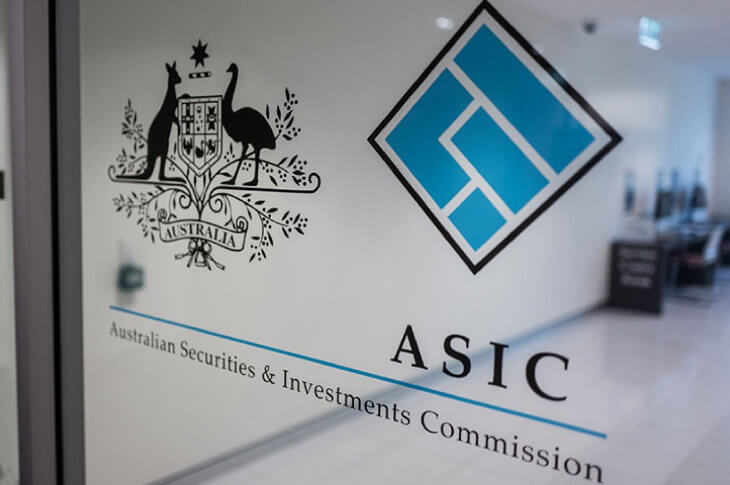IFAC accelerates engagement on anti-corruption and anti-money...
As evolving threats such as climate change, artificial intelligence, and geopolitical conflicts put increasing...
READ MORE
Asset values, provisions and solvency, and going concern assessments are three of the major areas that the Australian Securities and Investment Commission will be focussing on for the end-of-year reporting.

ASIC has advised directors, preparers of annual and half-year reports, and auditors to assess whether companies’ financial reports provide useful and meaningful information for investors and other users.
ASIC commissioner Sean Hughes said directors should ensure that company financial reports provide investors with useful and meaningful information on the impact on current and future performance of changing and uncertain economic and market conditions.
“Directors and preparers should assess the impact on asset values and provisions, and disclose uncertainties, key assumptions, business strategies and risks,” he said.
The other areas that ASIC has singled out for attention include events occurring after year end and before completing the financial report and disclosures in the financial report and Operating and Financial Review (OFR).
Companies will be affected differently by changing and uncertain economic and market conditions depending on their industry, where they operate, how their suppliers and customers are affected, and a range of other factors.
“Companies may continue to face some uncertainties about future economic and market conditions, and the impact on their businesses. Assumptions underlying estimates and assessments for financial reporting purposes should be reasonable and supportable,” said Mr Hughes.
Directors and management should assess how the current and future performance of a company, the value of its assets and provisions, and business strategies, may be affected by changing circumstances, uncertainties, and risks such as:
Mr Hughes said this list is not intended to be exhaustive and there may be other factors to consider in the circumstances of individual entities.
“These factors may also be relevant in assessing the ability of an entity’s borrowers, debtors and lessees to meet their obligations to the entity, and the ability of key suppliers to continue to provide goods and services to the entity,” he said.
Industries that may be affected by the above factors include the construction industry, owners of commercial property, large carbon emitters, and the agriculture industry.
Uncertainties may lead to a wider range of valid judgements on asset values and other estimates. These uncertainties may change from period to period. Disclosures in the financial report about uncertainties, key assumptions, and sensitivity analysis are important to investors.
The Operating and Financial Review (OFR) should complement the financial report and tell the story of how the entity’s businesses are impacted by both COVID-19 and non-COVID-19 factors. The underlying drivers of the results and financial position should be explained, as well as risks, management strategies, and future prospects. Forward-looking information should have a reasonable basis and the market should be updated through continuous disclosure if circumstances change. Further guidance can be found in ASIC’s Regulatory Guide 247 Effective disclosure in an operating and financial review.